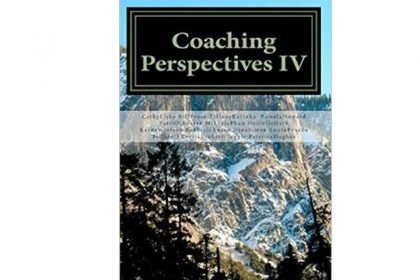 by Bill Peace – www.linkedin.com/pub/bill-peace/3/713/64a
by Bill Peace – www.linkedin.com/pub/bill-peace/3/713/64a
For several weeks, Wendy, an Information Services Manager, would sit in my office worried about how she would coach and mentor a staff employee who was selected for an employee enrichment program.
Wendy, an Auditory-Investigator, approached her new coaching role conscientiously and caringly, while wanting to plan out every conversation.
She understood the power of effective coaching and its impact on the coaching client.
Armed with the coaching knowledge and practice from my coaching certification, I asked Wendy to consider these three easy yet direct questions:
1) How will her mentee gain the most benefit during their time together? (Meaning, what did the mentee want from the coaching relationship?)
2) How will she make each coaching conversation client-focused?
3) What mutual agreement and commitment will be established to measure the positive impacts of the coaching relationship? (Meaning, how was goal setting and achievement structured?)
The outcome? At the end of their seven-month coaching relationship, Wendy shared with me that both she and her mentee discussed positive change. The mentee reported out personal and professional growth in three key areas: self-esteem, public speaking, and time management.
These three areas were identified by the mentee early in the coaching process as weaknesses and barriers from achieving more.
By thoughtfully coaching Wendy, who in turn successfully coached her mentee, I eventually realized the chain-reaction of effective coaching. As a professional coach, this profound experience left me with feelings of achievement and satisfaction.



